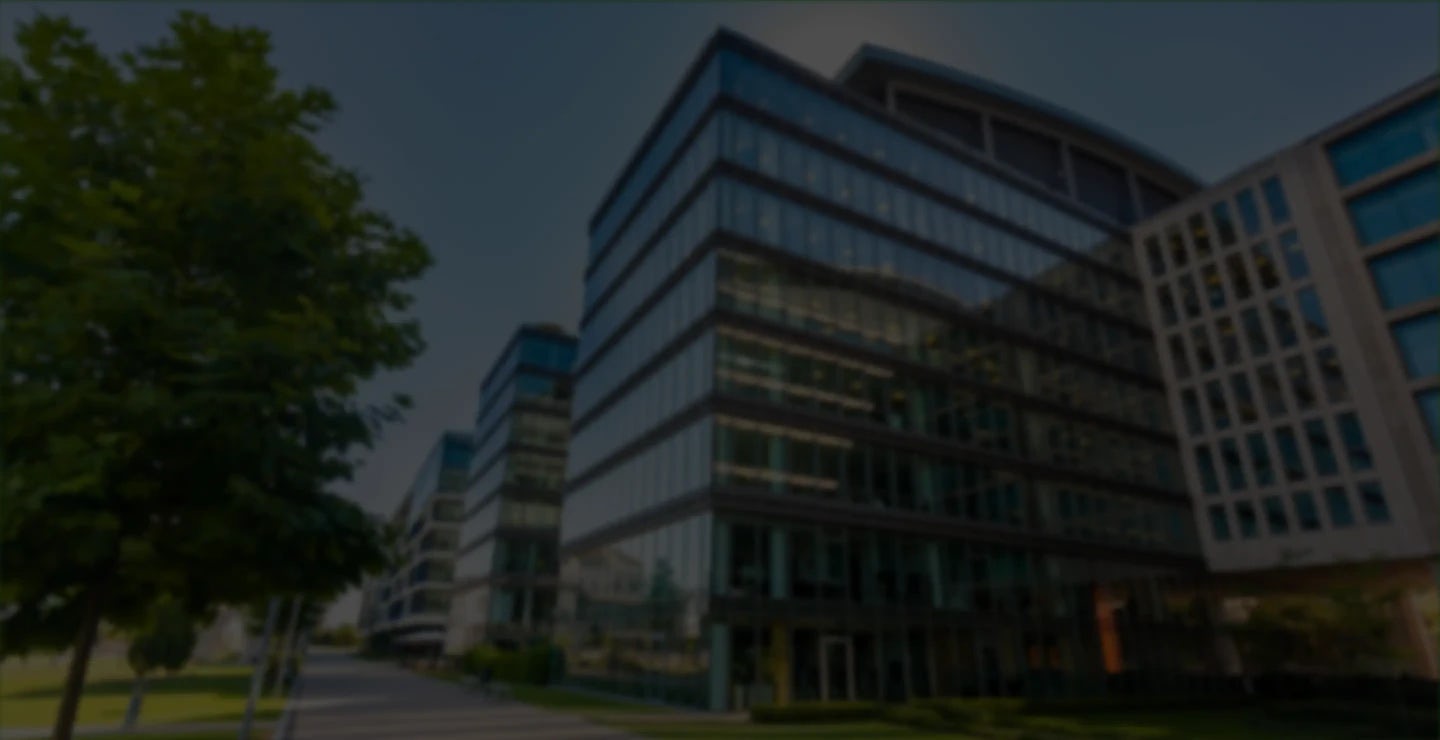
Expert design-build services customized to your organization
A collaborative approach to every project.
No matter the size or goal, our team has years of experience partnering with organizations to deliver the design-build solutions they need. We’ll work with you to make your next commercial, education, or municipal project a success.
$35.4M
in Commercial + Education experience6.3M
Commercial + Education square feet80+
Commercial + Education projectsYou'll be in good company.
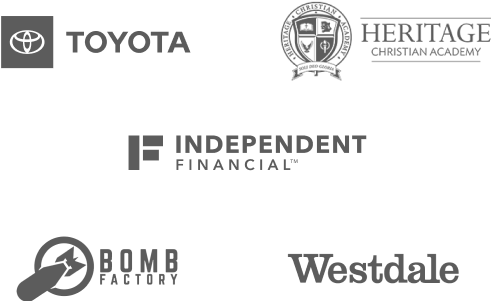
Partner with the experts.
We're ready for every facility challenge and partner with you to provide:
Proven engineering and construction management on one team
Customized services to meet your organization’s goals
Detailed planning with contingencies to deliver projects on time
Top-rated safety program and zero-accident culture
Ongoing communication and collaboration to avoid surprises
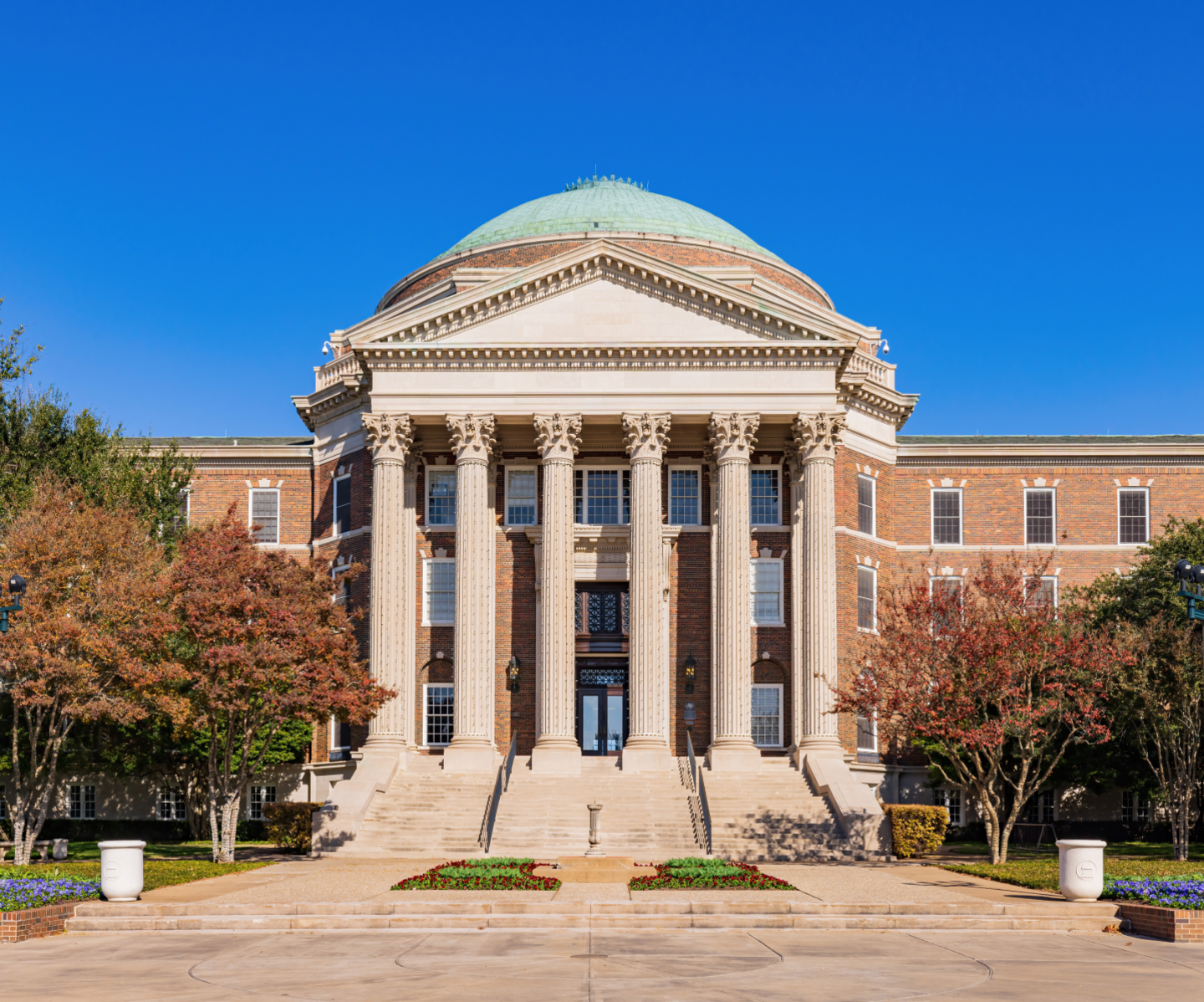
Expert solutions for commercial and education clients in North America.
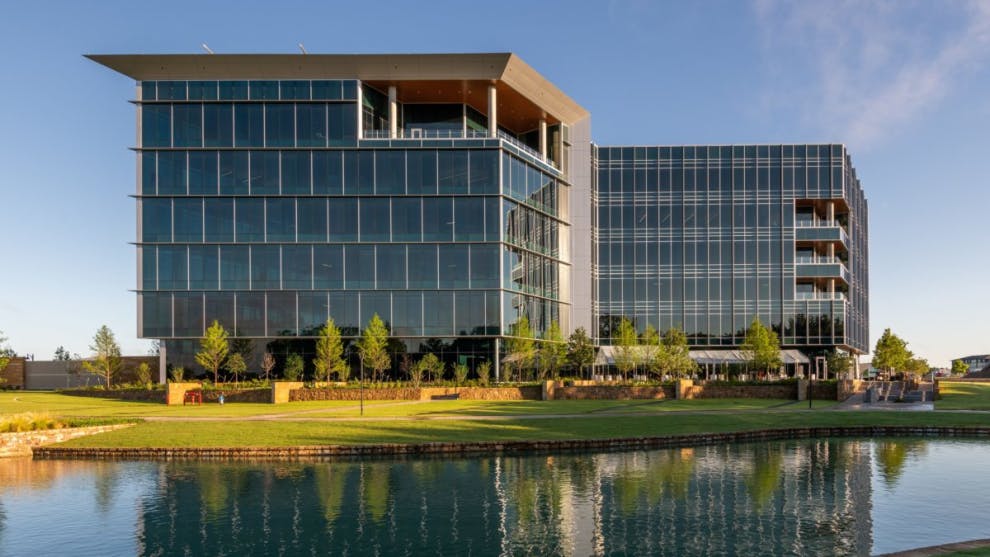
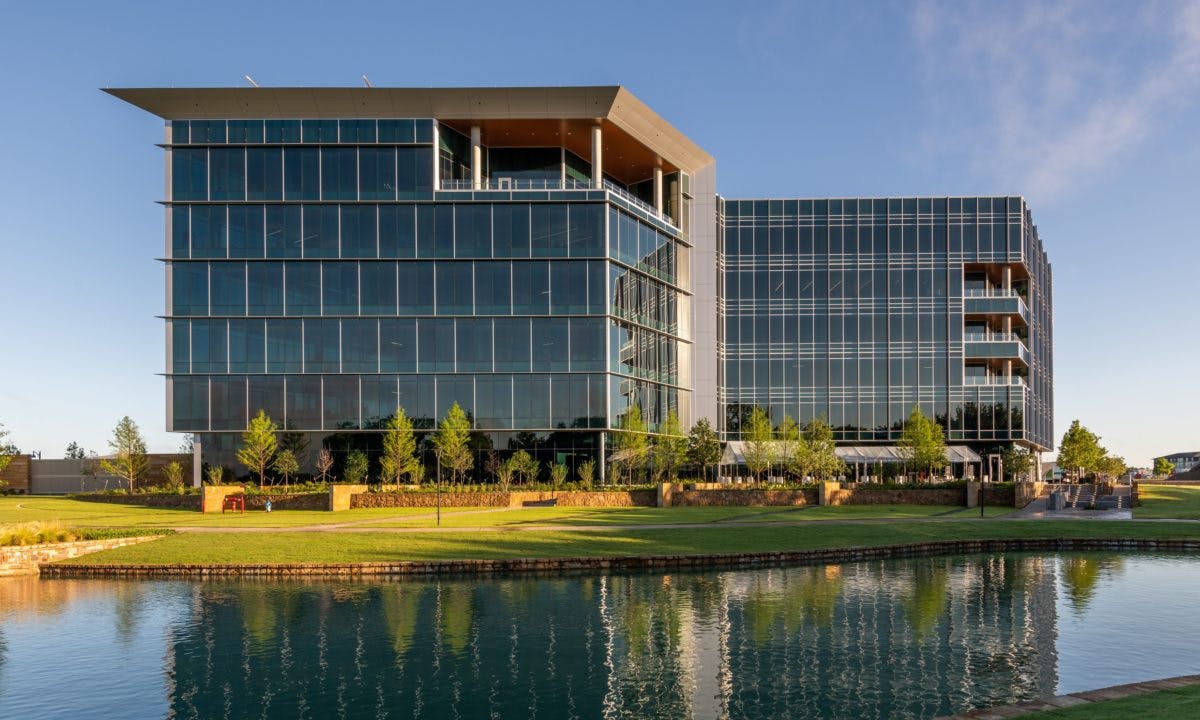
Commercial
Independent Bank relocated its headquarters to McKinney, TX, a city that requires new buildings to be commissioned. C1S was hired to oversee the LEED commissioning process and ensure certification. The new headquarters achieved a Silver LEED Certification.
We help you stay on top of the latest commercial and education facility issues.
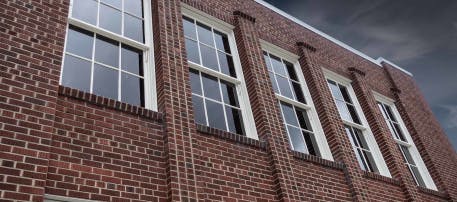
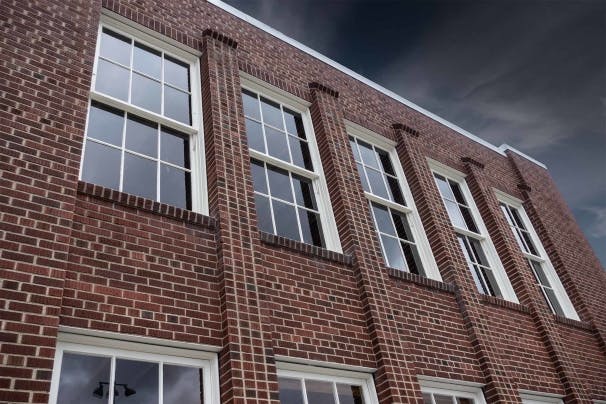
From building a new school to undertaking an addition to an existing school, one important consideration is construction and inspection to meet storm shelter classification. In 2015, the International Building Code—based on updates to the International Code Council’s standard 500 (ICC-500)—made changes to the requirements for educational buildings when it comes to safe rooms and storm shelters. The mandates apply to educational buildings, such as K-12 schools, that are in areas where storms or tornados may create winds of up to 250 miles per hour. These facilities must now be designed, constructed, and inspected to protect students and staff from the dangers of these formidable storms. For school districts and other education providers, choosing a construction partner that understands storm shelter requirements is essential. Even more, a team with a storm shelter inspector certified by the National Storm Shelter Association (NSSA) helps ensure the design and construction are being performed based on ICC-500 standards through every step. Key areas of consideration for K-12 storm shelters Several key elements must be considered to make a K-12 school classified as a storm shelter. For example, any required post-installed concrete anchors have to be installed under the supervision of a certified inspector and are subject to continuous inspections during the process. Inspectors also oversee tests for components that must resist high-impact projectile objects during a storm, such as doors and windows. From overseeing construction activities to testing functionality, inspection processes are needed in each aspect of the construction of a K-12 school. This helps make sure installation is per contract documents, codes, and standards. Some areas that require oversight to meet storm shelter standards include: Structural steel Structural concrete Plumbing Heating, ventilation, and air conditioning Fire protection systems Electrical Communication systems Why a certified inspector should be part of the team Having an NSSA-certified inspector on the team for the design—and especially the construction—of a K-12 school provides a seamless way to ensure standards are met from the beginning. Many school districts have questions about how these storm shelter standards affect their project’s space utilization, budget, and timing. The inspector will make suggestions based on the ICC-500 code and the NSSA program to guide the team on what is required and how it affects the project. After a project is complete, the inspector also continues to play an important role. Storm shelters are required to be inspected annually by a certified inspector under the NSSA program. Inspectors look for components such as the correct doors, door hardware, windows, and signage, as well as documentation for tests performed in the past. These crucial inspections provide an important safeguard for school districts and education providers to have confidence in the integrity of the storm shelter in the event of an emergency. Making safety a priority For every K-12 school construction project, protecting the health, safety, and welfare of the community, students, and staff should be a top priority. At C1S, we have an NSSA-certified inspector on staff who has expertise in standards related to safety, structural construction, mechanical design, and more. We partner with our clients to help them understand these specialized storm shelter requirements for the education sector. Then, we perform construction and inspection per every code to make sure K-12 projects are designed and built to the highest standards of safety.
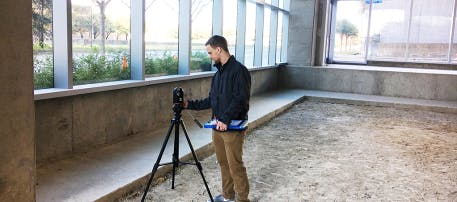
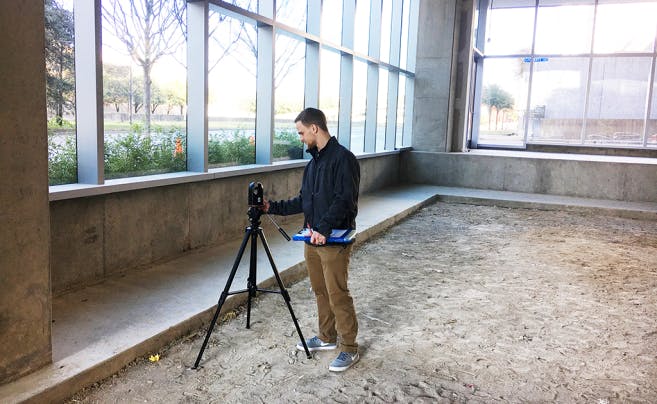
In design and construction, there is a constant push to do more with less by completing projects faster and more efficiently. Accuracy 3D Laser scanning offers better accuracy and quality through the density and complexity of detail in the point cloud of your space. Laser scanning can determine where structural beams and columns are located, as well as the distance between the floor and ceiling, and all other fundamental systems and features. The point cloud data is then carefully and meticulously converted into the CAD or BIM product of choice. Our technicians and engineers are able to provide extremely precise as-built models which accurately record how things connect in real space within less than an 1/8 inch deviation. This is far superior to outdated methods and pictures that often provide inaccurate, warped, and distorted distances between objects. Time and Savings Efficiencies are gained by spending less time on site. A majority of our work is in large facilities requiring renovations and improvements. Traditional methods of data collection involved days and weeks of incurred travel expenses and labor at the job site. Laser scanning takes away a significant amount of the front-end labor hours by integrating technology to accomplish the same task faster. Access and Safety Data can be captured remotely and safely without disrupting operations. Elevated, dangerous, and hard to reach spaces become easily and safely accessible when laser scanning is utilized with professional survey poles and drones. Sharing and Storage Traditional blueprints of existing buildings are often inaccurate or lost over time, and they don’t allow for easy collaboration between project stakeholders who are working remotely. 360-degree panoramic images and scan data can be stored online for project stakeholders to view, highlight, and comment on particular areas from the comfort of their own desk. Stored data is easily accessible to analyze current and future facility upgrades. And, when funds become available, future projects can be fast-tracked without the need for a costly revisit to the site. Download our 3D Scanning Capability Statement to learn more about C1S and projects that have been completed by our designers and engineers using 3D Laser Scanning >>
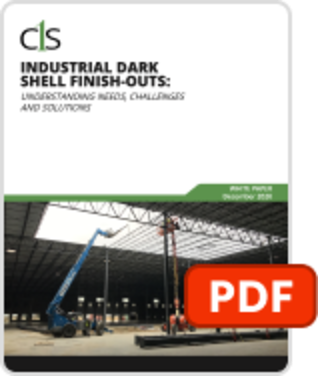
Understand the needs, challenges, and solutions of dark shell finish-outs
Find the right solution for your commercial, education, or municipal project.
You can also give us a call at:
972.829.0148

